‘It's a dance of light & psychology that elevates shopping experience’
By N Jayalakshmi | August 31, 2023
Like many architects and designers, Barun Patro - Architect and Partner at Amar Architecture & Designs in Chennai, is passionate about lighting and can wax eloquent about its various nuances. In this exclusive ‘Spotlight’ conversation with Retail4Growth, presented in association with Gardler, Barun shares his insights on what really makes lighting work in retail environment.
 Nuances and Challenges of Retail Lighting
Nuances and Challenges of Retail Lighting
"From the flicker of candles to the brilliance of LEDs, lighting has always been retail's secret storyteller," says architect Barun Patro, Architect and Partner at Chennai’s Amar Architecture & Designs Pvt. Ltd, while sharing his views on the role of lighting in retail experience.
“Retail lighting isn't merely about illumination; it's about guiding customers through a carefully choreographed journey. Balancing ambient, accent, and task lighting is an intricate dance that influences how products are perceived. It's about understanding the psychology of light and shadow, as well as the science of color rendering,” elaborates Barun, while conveying his own passion for lighting.
He adds, sharing further on how lighting works specifically works in a retail environment and how he and his team approach it, “In our designs, we're not just illuminating products, we're creating stories. Lighting serves as a brushstroke, highlighting focal points and guiding customer emotions. For instance, a jewelry store might benefit from warm, focused lighting to create a luxurious aura around their pieces, while a tech store might opt for cooler, high-CRI lighting to portray modernity and accuracy."
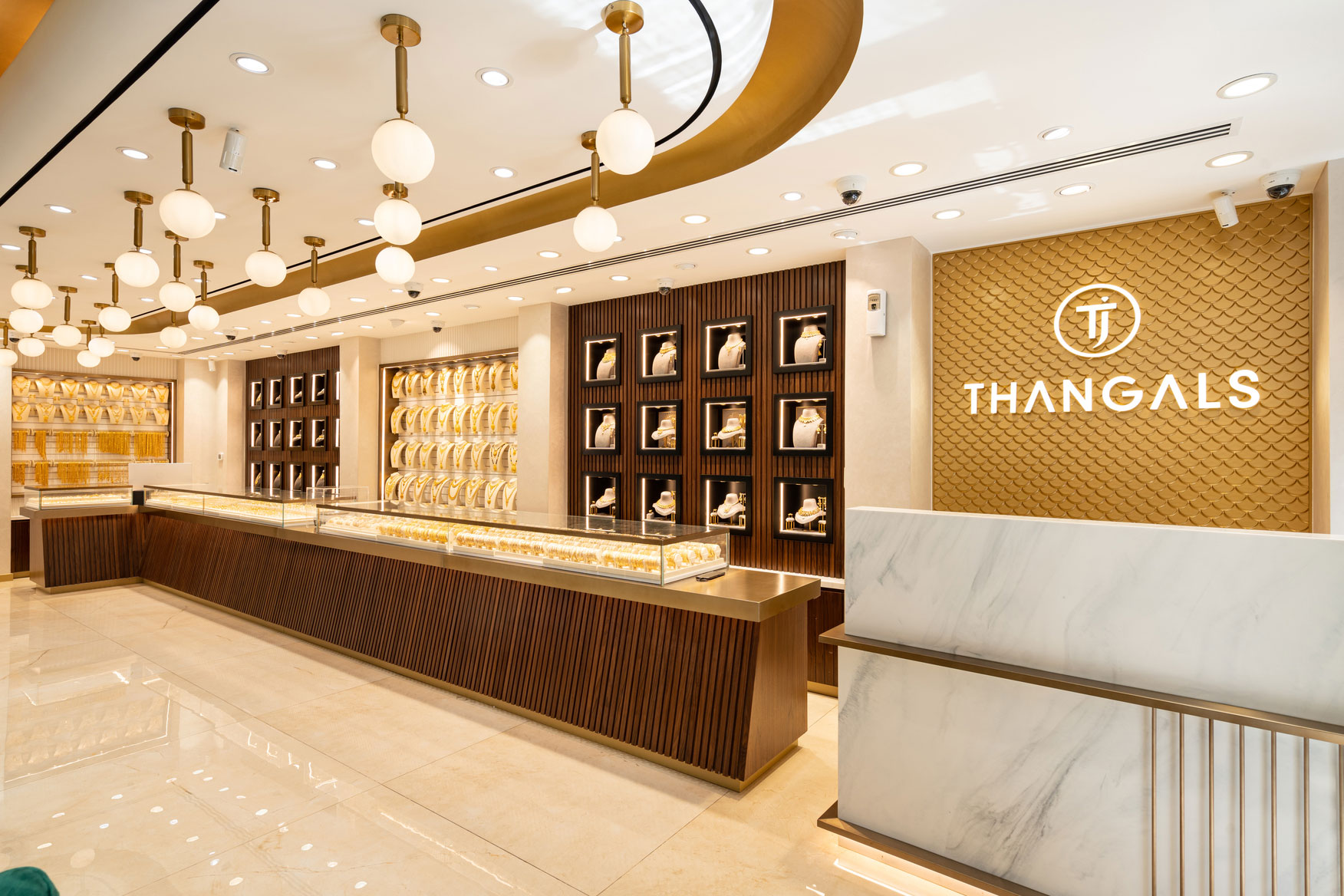
Sharing the challenges involved in the context of lighting design, Barun adds, “One of the challenges is maintaining consistency across different types of retail spaces. A luxury boutique requires a different lighting strategy than a grocery store or a technology showroom. Plus, energy efficiency and sustainability are now integral parts of lighting design.”
Harnessing Technology
Like all aspects of the retail space, lighting too is getting increasingly integrated with technology for higher efficiency and this means more partnerships with tech solution providers. As Barun explains, “Incorporating advanced technology in retail lighting is a collaborative effort. Architects and interior designers partner with industry experts and vendors to integrate AI, IoT devices, and proximity sensors into the retail environment. These innovations enable us to create personalized shopping experiences. AI algorithms analyze shopper behavior, adjusting lighting for tailored journeys. IoT devices connect luminaires for centralized control and real-time adjustments. Proximity sensors, in collaboration with technology partners, detect movement, optimizing lighting and engagement. This partnership seamlessly merges design and technology, redefining the retail experience."
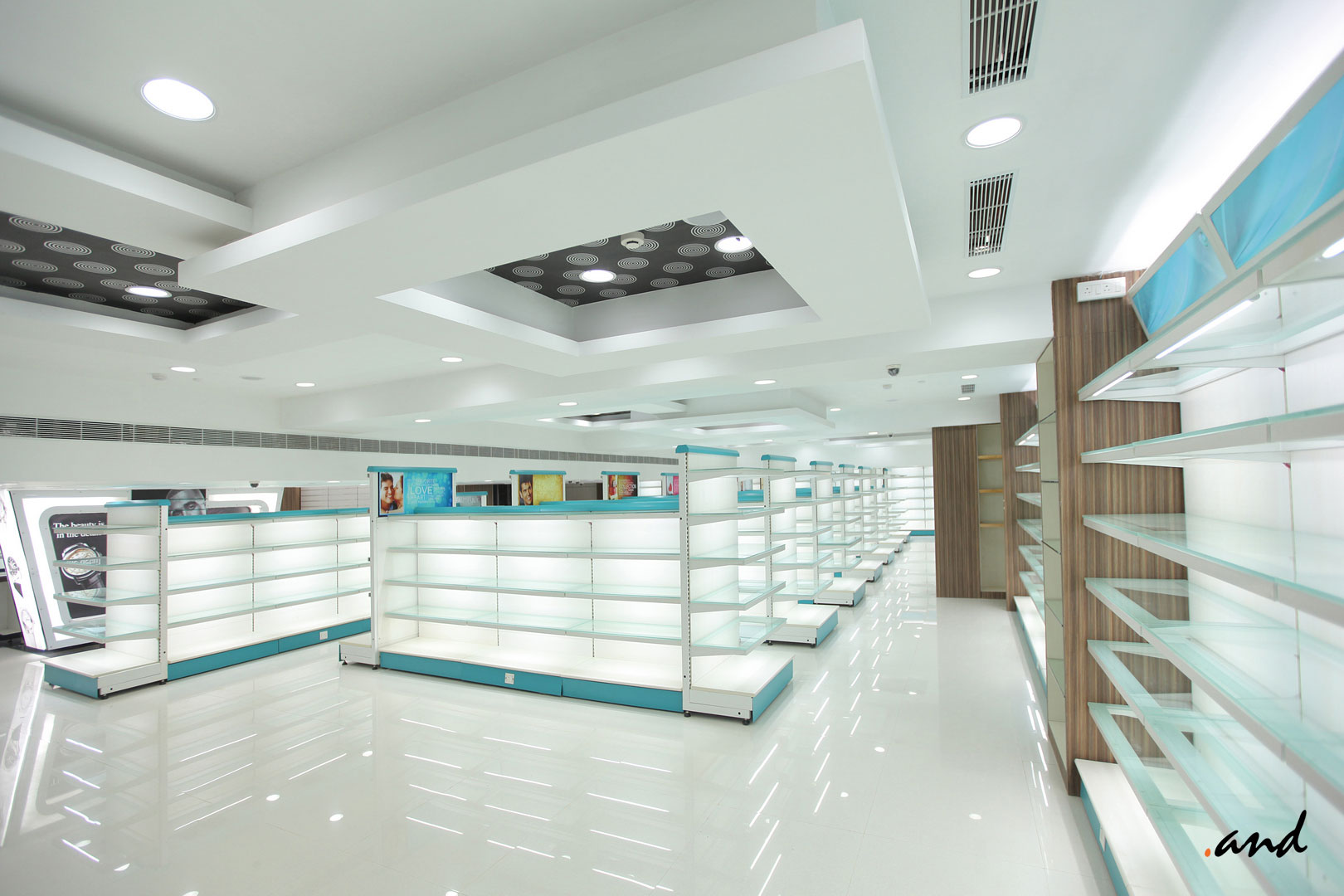
Human-Centric Lighting
As understanding of lighting evolves, keeping pace with new research on the impact of lighting on human behaviour, human centric lighting has also gained traction. Shedding more light on this. Barun shares, "Human-centric lighting is the art of mimicking natural light cycles to enhance well-being. In retail, it's pivotal. We aim to create environments where customers feel comfortable, invigorated, and able to perceive products accurately. Tunable LED lighting allows us to adjust color temperature and intensity throughout the day, influencing mood and behavior. For instance, warmer tones in the morning create a welcoming atmosphere, while cooler hues in the evening encourage a brisk shopping pace. It's a dance of light and psychology that elevates the shopping experience,"
Navigating Lux Levels and Energy Ratings
Energy efficiency is another critical area today, not just to ensure environmental and human safeguards, but to also achieve cost optimisation. In retail lighting this means effectively leveraging lux levels. As Barun points out, "Lux levels define the intensity of illumination in different areas. It's about striking the right balance; a café and a cosmetics section require varying lux levels. Energy-efficient solutions are essential not just for sustainability, but also for cost-effectiveness. LEDs are the heroes here—they offer excellent efficacy and longevity. The next frontier is energy rating. Just as a car's fuel efficiency matters, luminaires with higher energy ratings indicate better efficiency. It's about optimizing illumination while minimising environmental impact."
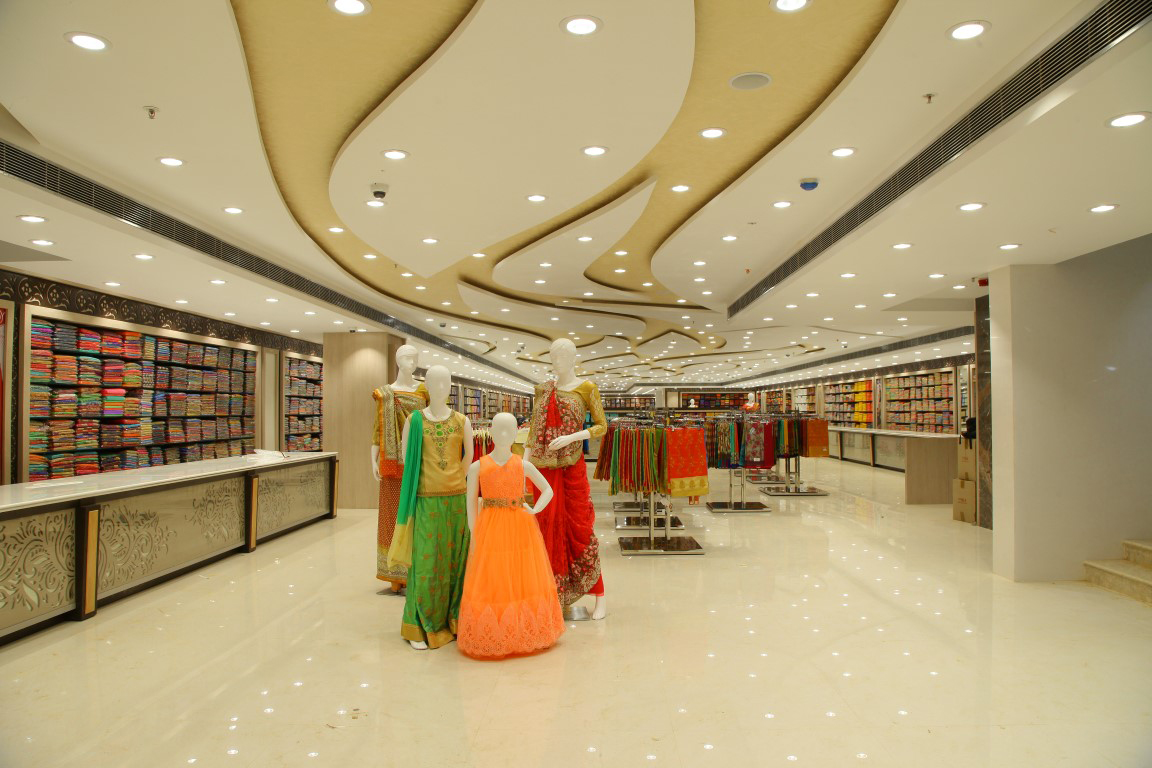
Role of Lighting Partners
The success of lighting design and experience is also closely aligned with the kind of lighting suppliers a store designer/architect or retailer partners with. It’s therefore not surprising that most retail architects and designers are very clear about what they look for in a lighting partner. As Barun says, “We find pre-sales support, product demos, mockups, and design schematics are a great value addition in the design process. It’s a competitive market so pricing is always at par with competitors. An experience center for a lighting brand is something that we look out for when identifying lighting suppliers.”
 He adds, while talking about certain criteria or parameters to evaluate lighting suppliers, “A project team with good design and technical skills is something that every lighting supplier should have. As architects, we take time to train ourselves in lighting design, so it helps when a lighting supplier has a team that understands the same nuances of design and technicality in selecting lights for a project.”
He adds, while talking about certain criteria or parameters to evaluate lighting suppliers, “A project team with good design and technical skills is something that every lighting supplier should have. As architects, we take time to train ourselves in lighting design, so it helps when a lighting supplier has a team that understands the same nuances of design and technicality in selecting lights for a project.”
Checklist for Successful Retail Lighting
Finally, sharing his overall checklist for successful sore lighting design, Barun lists down the following:
- Purpose and Mood: Determine the purpose of each area and the desired mood—intimate, vibrant, modern, etc.
- Lux Levels: Set appropriate lux levels for different spaces and activities.
- Color Temperature: Choose color temperatures aligning with your brand and desired atmosphere.
- CRI: Opt for lighting with high CRI values (90 or above) for accurate color representation.
- Fixture Quality: Invest in quality fixtures that match aesthetics and technical requirements.
- Maintenance Plan: Develop a plan for routine maintenance to ensure consistent performance.
- Daylight Integration: Incorporate adaptive lighting solutions that account for natural daylight.
- Energy Efficiency: Select energy-efficient lighting solutions to reduce operational costs.
- Focal Points: Use lighting to highlight focal points and guide customer attention.
- Customer Comfort: Ensure lighting avoids glare, discomfort, or fatigue for shoppers.
Images Courtesy: Amar Architects


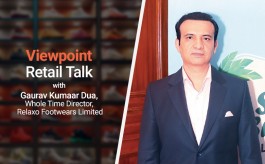
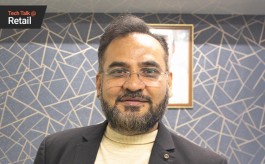
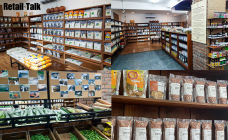
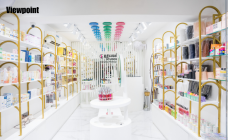
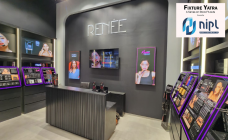


Comments